Children are little scientists – curious, imaginative, and full of wonder. Every moment is a discovery, and every question opens a door to learning. Let’s find out with 4Life Education how to nurture this natural curiosity through simple, joyful experiences that spark a lifelong love of exploration. Start today by seeing the world through your child’s eyes.
The natural curiosity of children
From the moment they are born, children come into the world ready to explore. They reach, grasp, taste, watch, and listen – learning with every movement. Children are little scientists by nature, constantly experimenting with their environment to understand how things work.
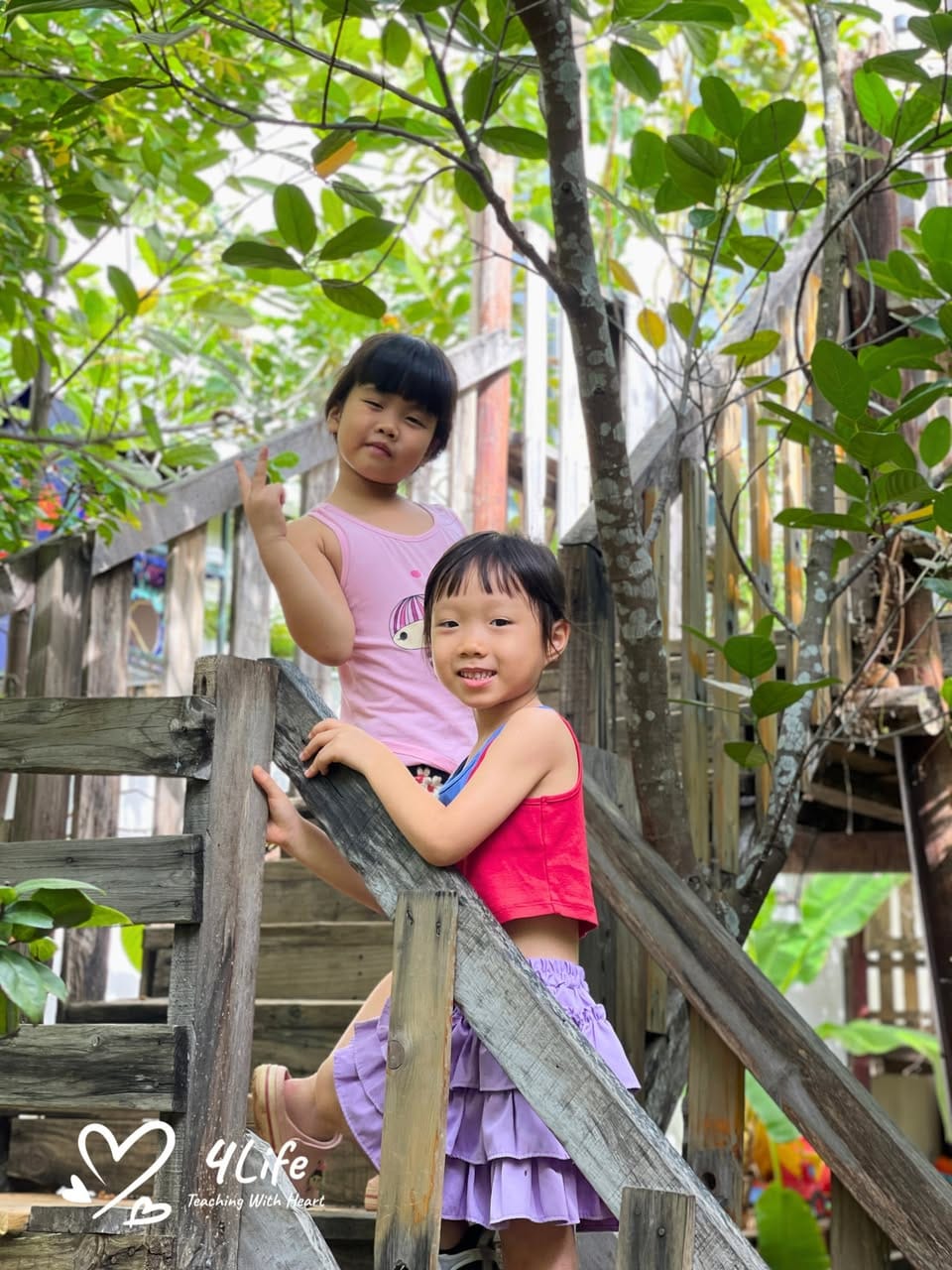
Children Are Little Scientists and Every Moment Is an Experiment
Maria Montessori beautifully described this innate drive for discovery, observing how even the youngest children behave like researchers. When an infant drops a spoon over and over again from the highchair, she’s not simply playing – she’s testing gravity. When a toddler splashes in the bath, he’s learning about water. These simple actions are experiments in motion, sound, cause, and effect.
As children grow, this curiosity expands. Mudpies become baking experiments. A backyard bug hunt turns into a biology lesson. This deep desire to explore is the foundation of how children learn. And it’s our role, as caregivers and educators, to encourage it.
Learning by doing
Children learn best through experience. Telling a child about a ladybug or showing them a picture can never match the excitement of watching one crawl across their hand. This principle is at the heart of early childhood education: hands-on learning leads to deeper understanding.
When children are allowed to engage directly with the world around them, they don’t just gain knowledge – they develop important skills. They learn how to observe carefully, ask questions, form ideas, and test them. In other words, they learn how to learn.
Rather than giving quick answers, encourage your child to investigate. If they ask, “Why do leaves fall?” don’t rush to explain. Ask, “What do you think?” Then go outside together and explore. Look at trees, gather fallen leaves, and talk about what you see. This approach keeps the sense of discovery alive.
A child’s – eye view of the world
To truly support your child’s learning, try to see the world from their perspective. Life for a young child happens low to the ground and at a slower pace. That dandelion growing through a crack in the sidewalk? That’s a marvel of nature. A puddle on the path? A chance to learn about water, reflection, and ripples.
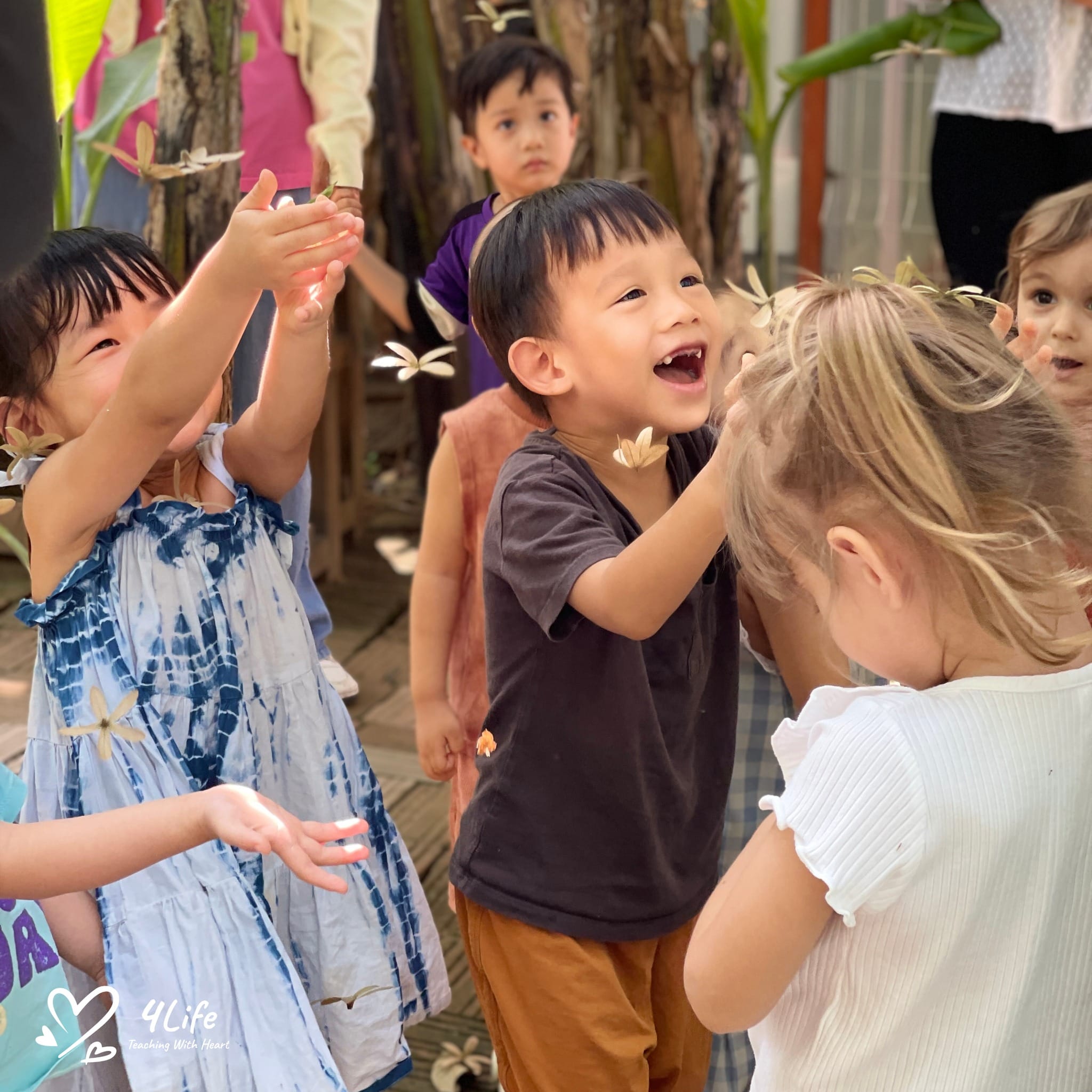
A child’s – eye view of the world
Slow down and follow your child’s lead. When you’re walking together, resist the urge to rush. Stop to examine the tiny things that catch their eye a feather, a pebble, a ladybug. These small moments are big opportunities for learning.
This “slow science” mindset may require patience, but it’s deeply rewarding. You’ll see your child’s sense of wonder grow and you may find yourself rediscovering the joy of noticing, too.
The great outdoors: nature as a classroom
Nature offers the perfect environment for young scientists. Whether you live near a forest, beach, park, or even a small garden, there’s always something to explore. Encourage outdoor play and discovery whenever possible.
Infants and toddlers benefit simply from being outside. Watch their eyes widen as leaves rustle in the wind or sunlight filters through the trees. For older children, nature becomes a living lab full of insects, birds, plants, rocks, and soil to investigate.
Encourage your child to:
– Look for animal tracks in the mud or snow
– Listen to birdsongs and try to imitate them
– Search for worms, ants, or butterflies
– Collect different leaves and sort them by size or color
– Examine how flowers grow and change over time
– Follow a stream or dig in the dirt to see what lives below
You don’t need a science degree to enjoy these activities. Just be present, curious, and open to wonder. Your child will lead the way.
Connecting imagination and discovery
Science isn’t only about facts it’s about curiosity, imagination, and asking questions. Children are little scientists because they are also little storytellers. A stick becomes a magic wand, a rock becomes a treasure, and a patch of grass becomes a jungle.
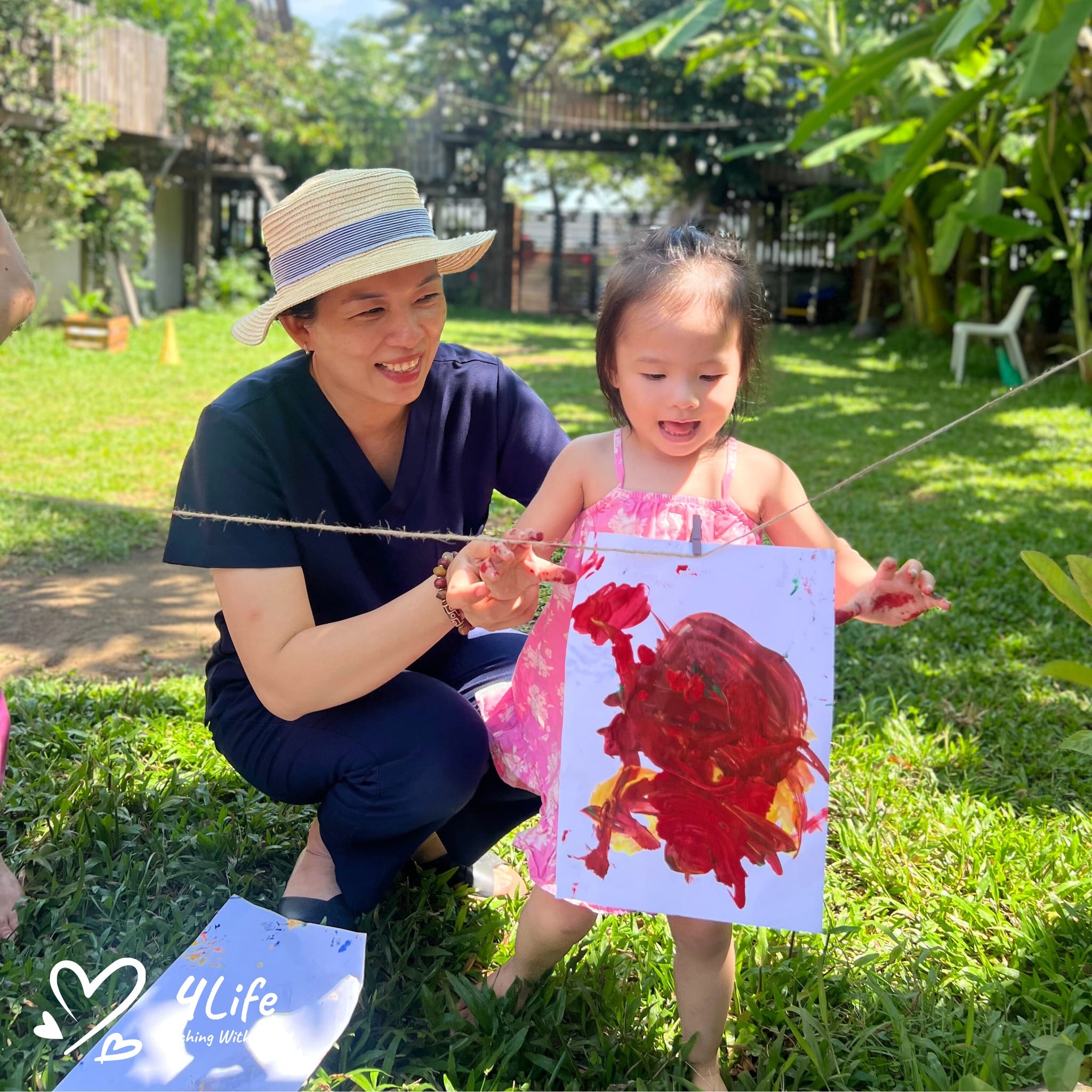
Children are little scientists
Encourage your child to blend discovery with creativity. After a nature walk, ask them to draw what they saw. Turn a rock collection into a museum. Create a story about the snail you found in the garden. These activities build language, memory, and emotional connection all while reinforcing scientific thinking.
Encouraging respectful exploration
As we nurture discovery, we must also teach responsibility. Children need to understand that the world they explore is alive and deserves care. Teach your child to treat every living thing with respect from the tiniest insect to the tallest tree.
Start with simple lessons:
– Don’t pick flowers or leaves unless it’s for a reason
– Never pull apart a living plant or disturb an animal’s home
– Carry trash until you can throw it away properly
– Be gentle with all creatures
– Take only what you need and leave the rest
These early lessons create a sense of stewardship. Your child will grow up knowing they are not only observers of nature but protectors of it.
Building memories through shared discovery
Some of the most treasured childhood memories are formed through shared experiences in nature. A family walk on the beach collecting shells. A rainy afternoon looking for worms in the garden. A weekend camping trip where you gaze at the stars together.
These are the moments that children remember for life. More than just fun, they are powerful bonding experiences. They also show your child that learning can happen anywhere not just in classrooms, but in the world around them.
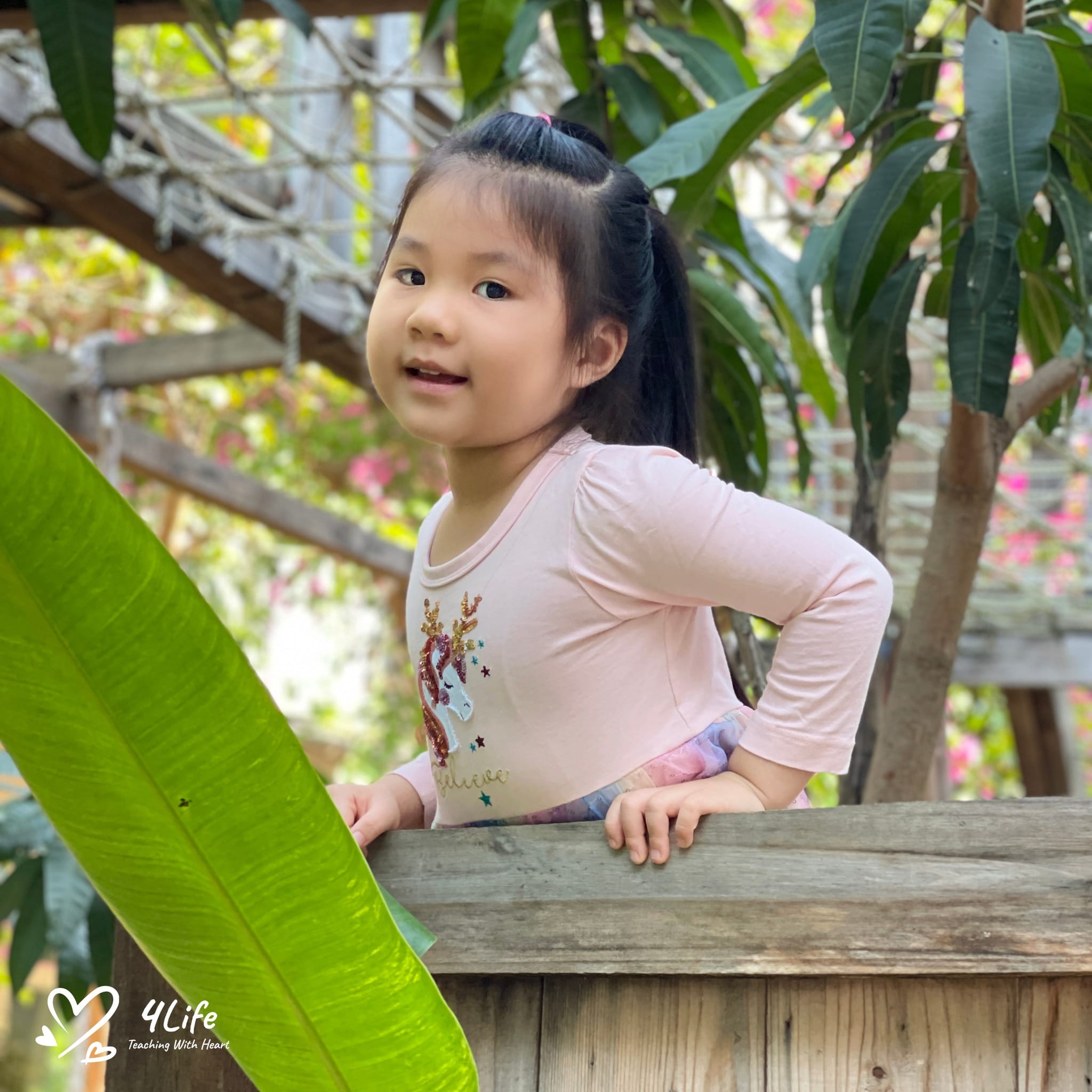
Building memories through shared discovery
Take time each week to do something curious and creative with your child. You don’t need fancy equipment or planned activities. Just time, space, and a sense of wonder.
Everyday science at home
You don’t need to be outdoors to nurture your little scientist. Everyday life is full of discovery. Cooking, cleaning, bathing, and playing all offer opportunities to observe, experiment, and learn.
Try these simple science moments at home:
– Watch what happens when you mix oil and water
– Plant seeds in a pot and observe them grow
– Freeze toys in ice and explore how to melt them
– Use measuring cups and water for volume exploration
– Try floating and sinking objects in the bathtub
– Bake together and talk about how ingredients change in the oven
Each activity encourages questions and deepens understanding. “Why did it melt?” “What happened to the dough?” “Why does this float?” These are the same kinds of questions scientists ask.
Supporting your child’s questions
It’s important to take your child’s questions seriously. Even if you don’t know the answer, you can explore together. Say, “Let’s find out!” Look up a video, check a book, or try an experiment.
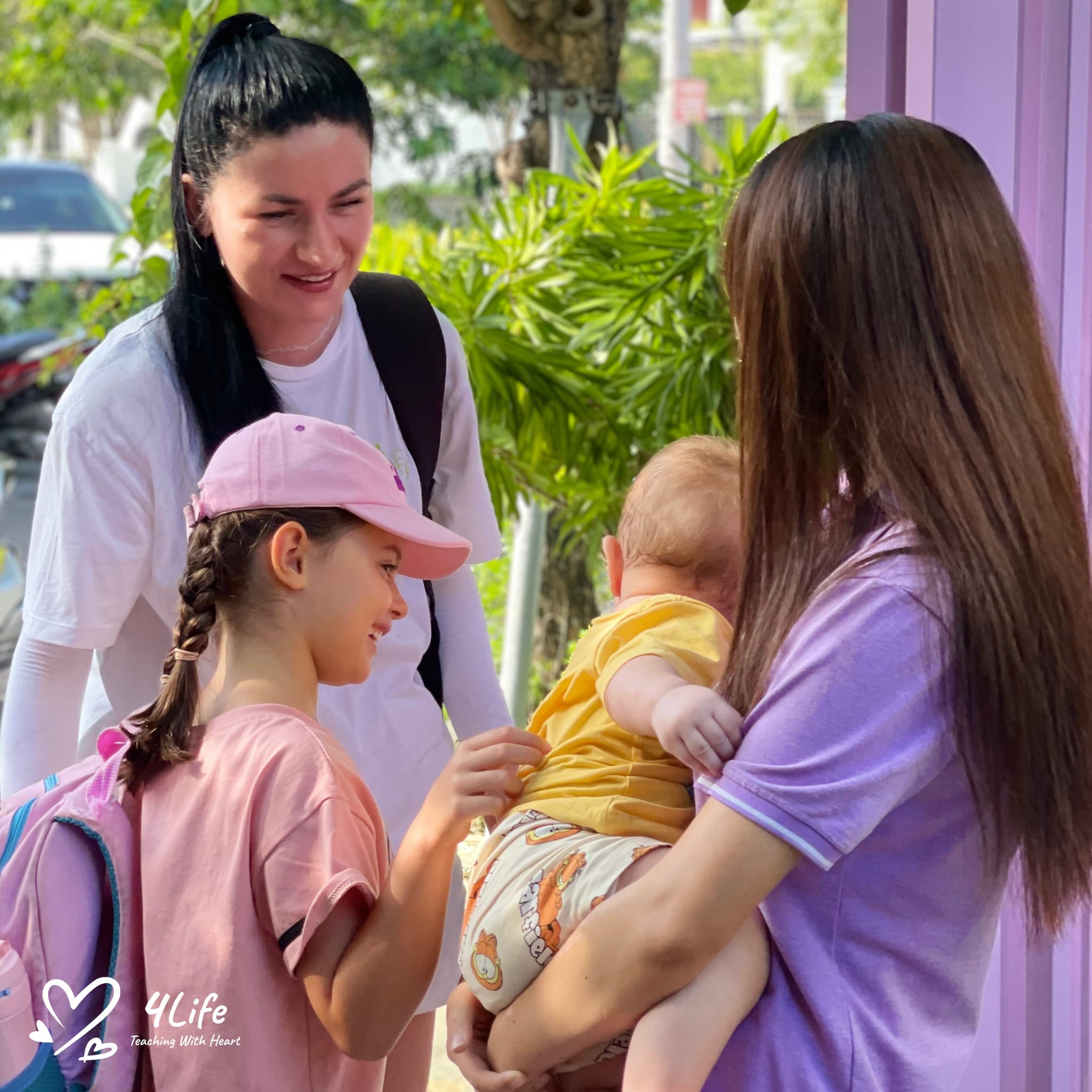
Supporting your child’s questions
Be patient. Children may ask the same question over and over. That’s part of how they learn. They’re gathering information, forming patterns, and building understanding. Your responses help shape their confidence in asking, thinking, and exploring.
Creating a space for science
Set up a small “discovery corner” in your home. This could include:
– A magnifying glass
– Natural treasures like shells, rocks, leaves
– A jar with soil and worms
– Art supplies for drawing what they see
– Books about nature and science topics
Rotate items regularly to keep it fresh. Let your child add their own finds and ideas. This special space reinforces the message that their curiosity matters.
Children are little scientists – born to explore, question, and discover. When we follow their lead, offer hands-on experiences, and support their wonder, we help them build a foundation for lifelong learning. Whether observing a bug in the garden or mixing colors at the kitchen table, every moment is a chance to connect, learn, and grow. Nurture your child’s curiosity, and you’ll open the door to a joyful world of discovery that lasts a lifetime.

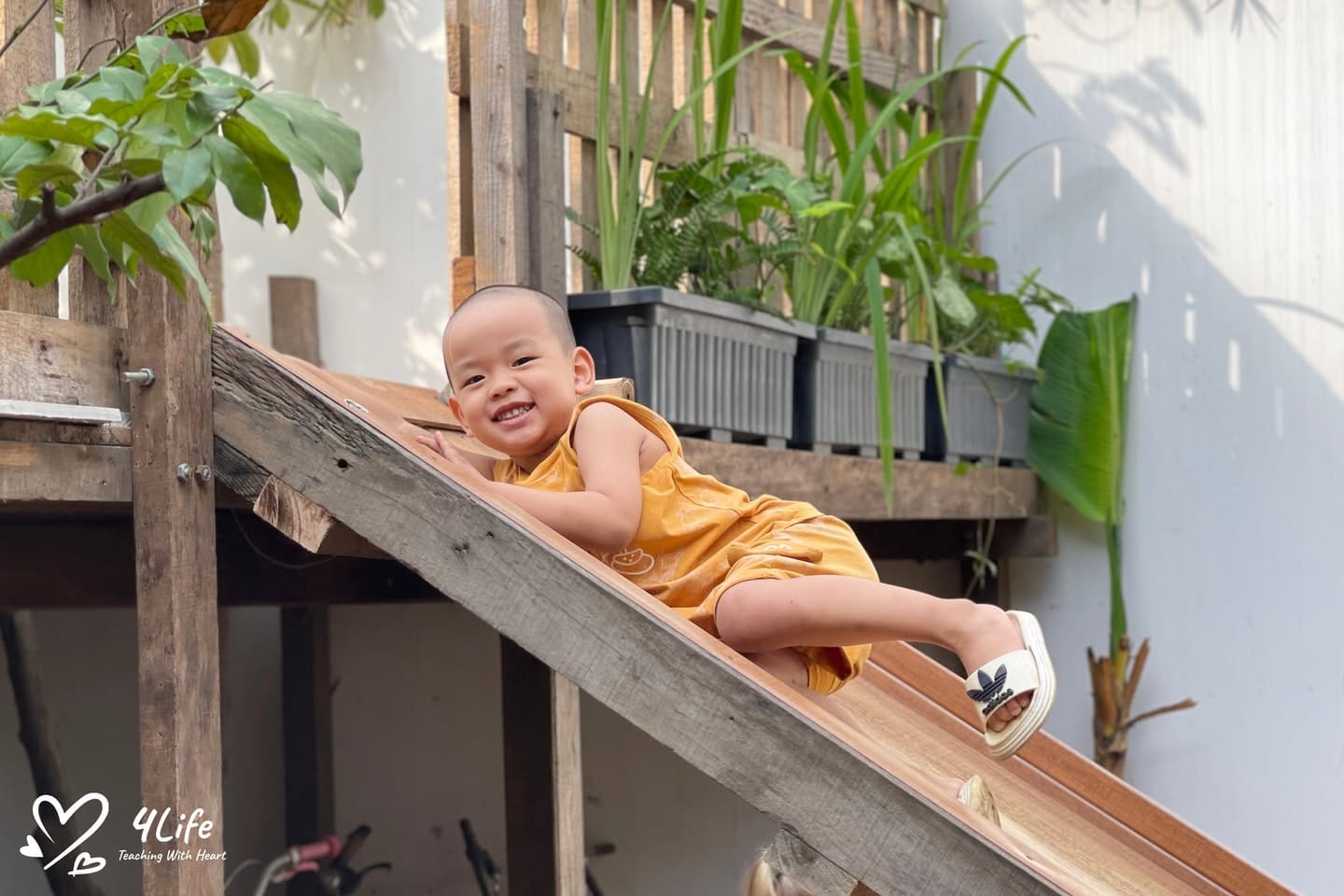

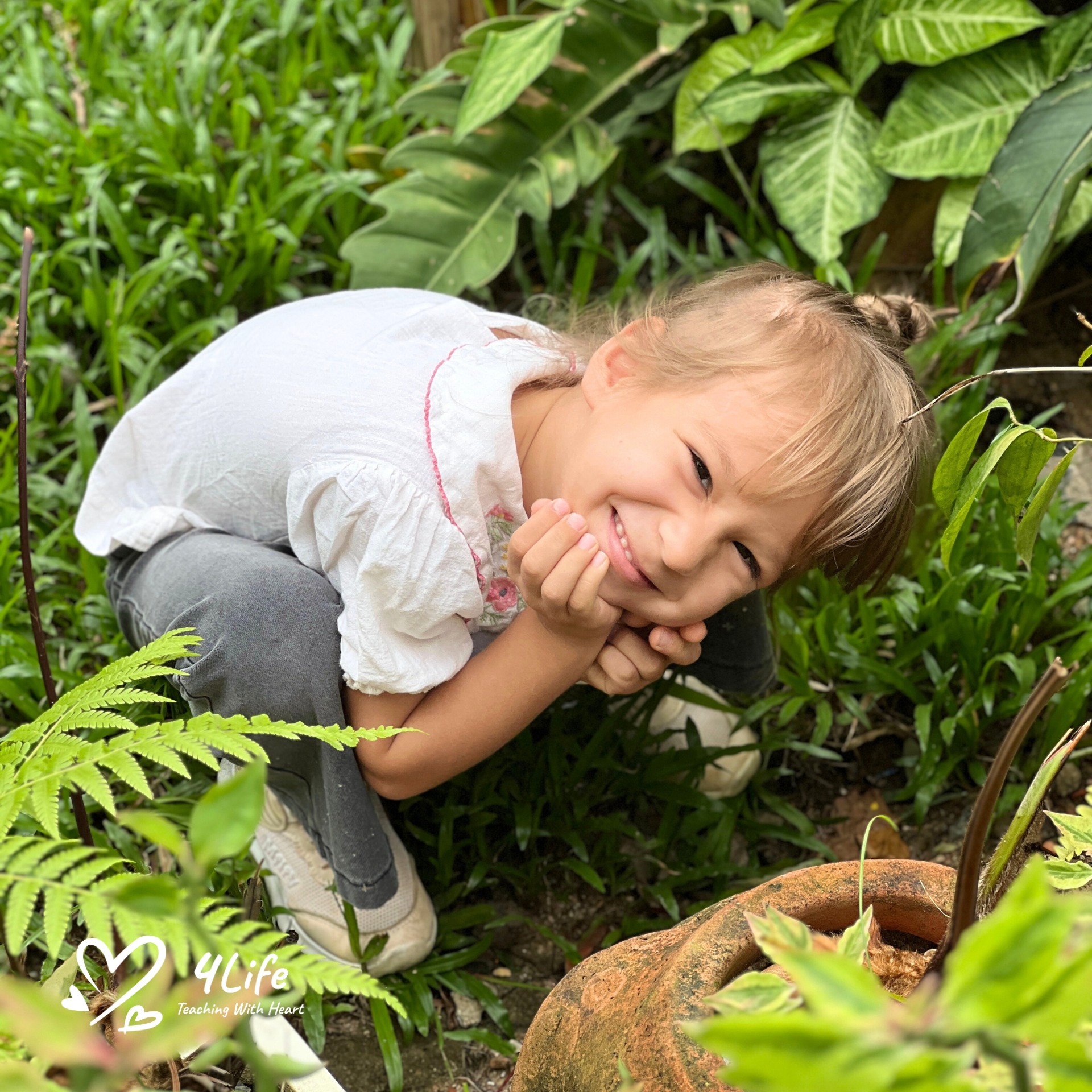
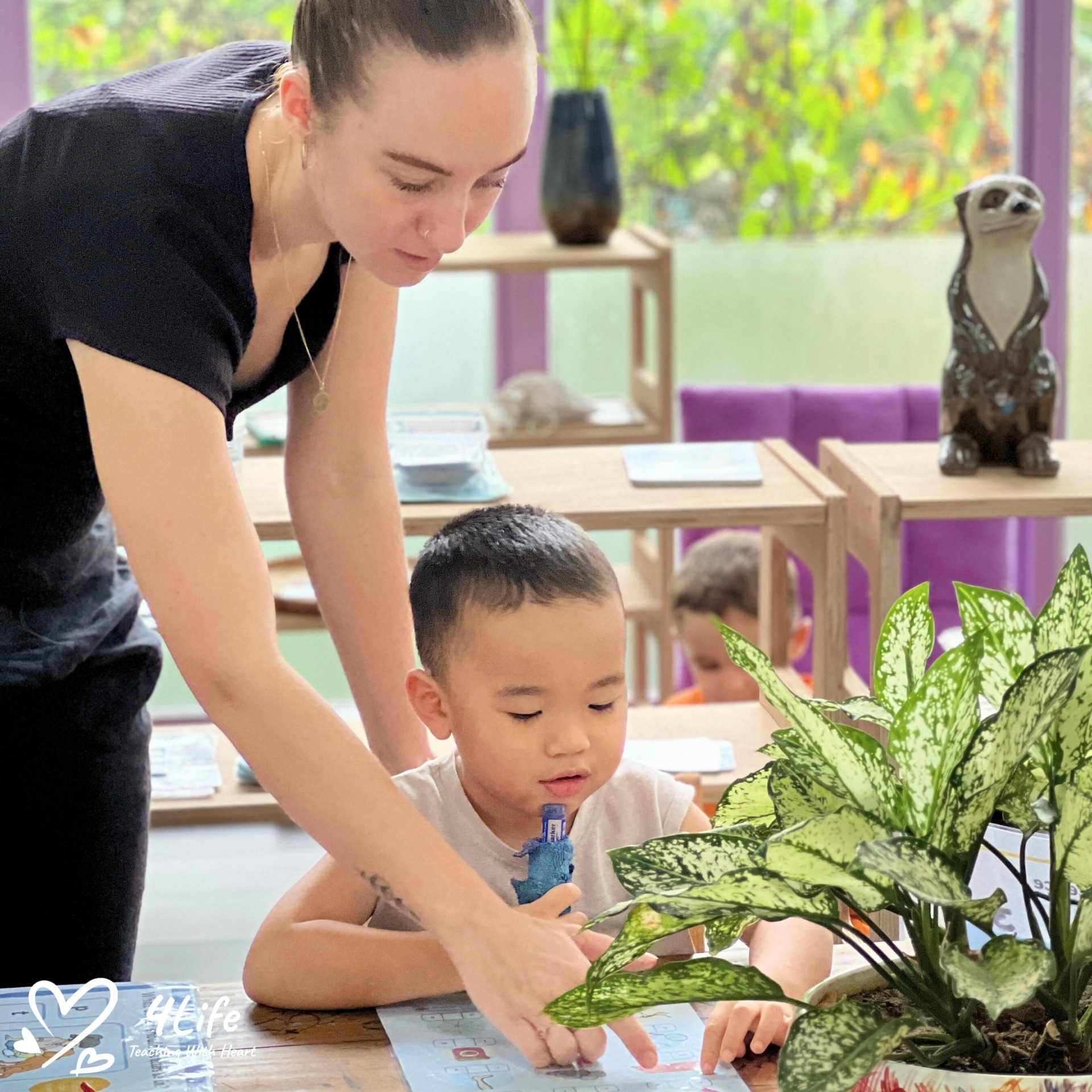
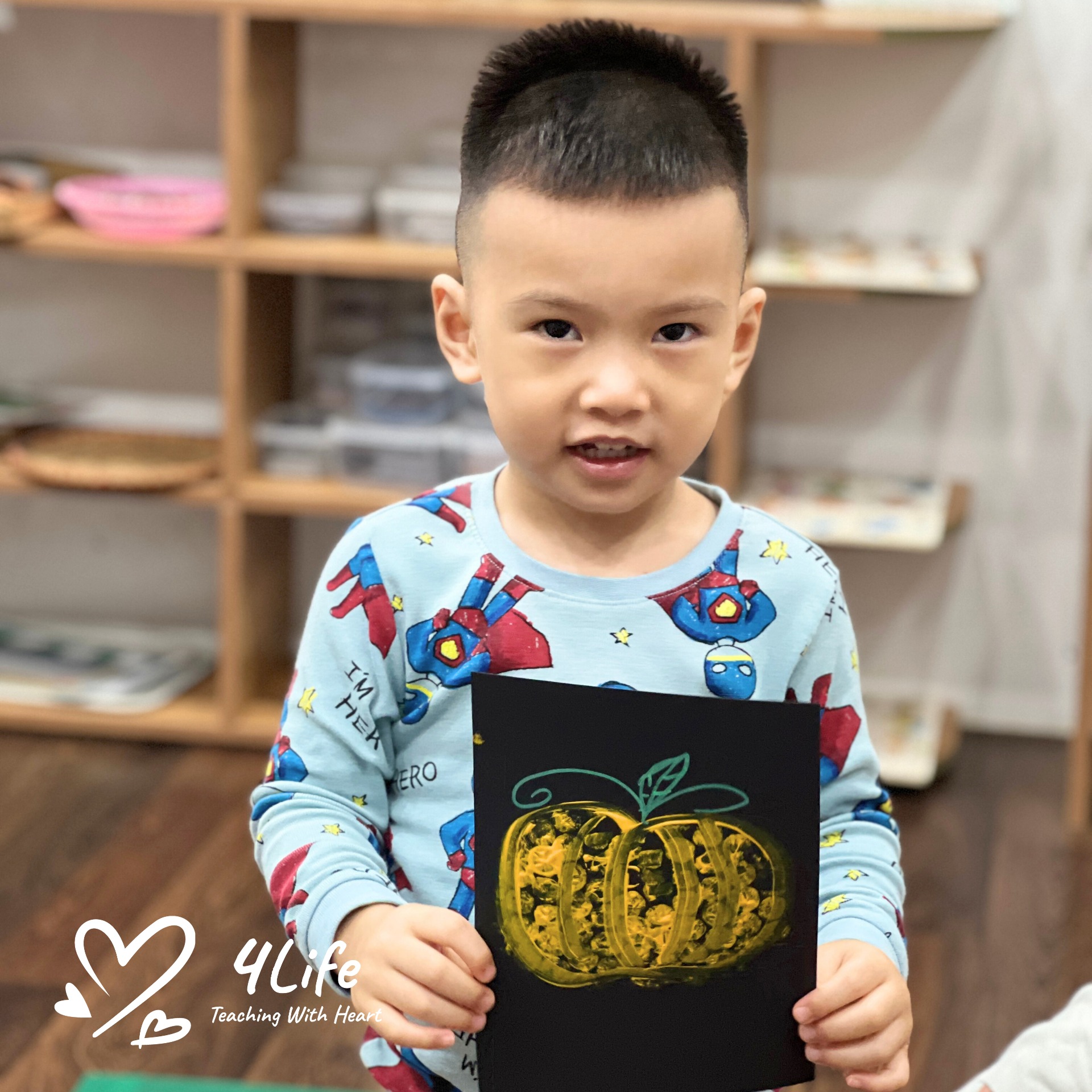
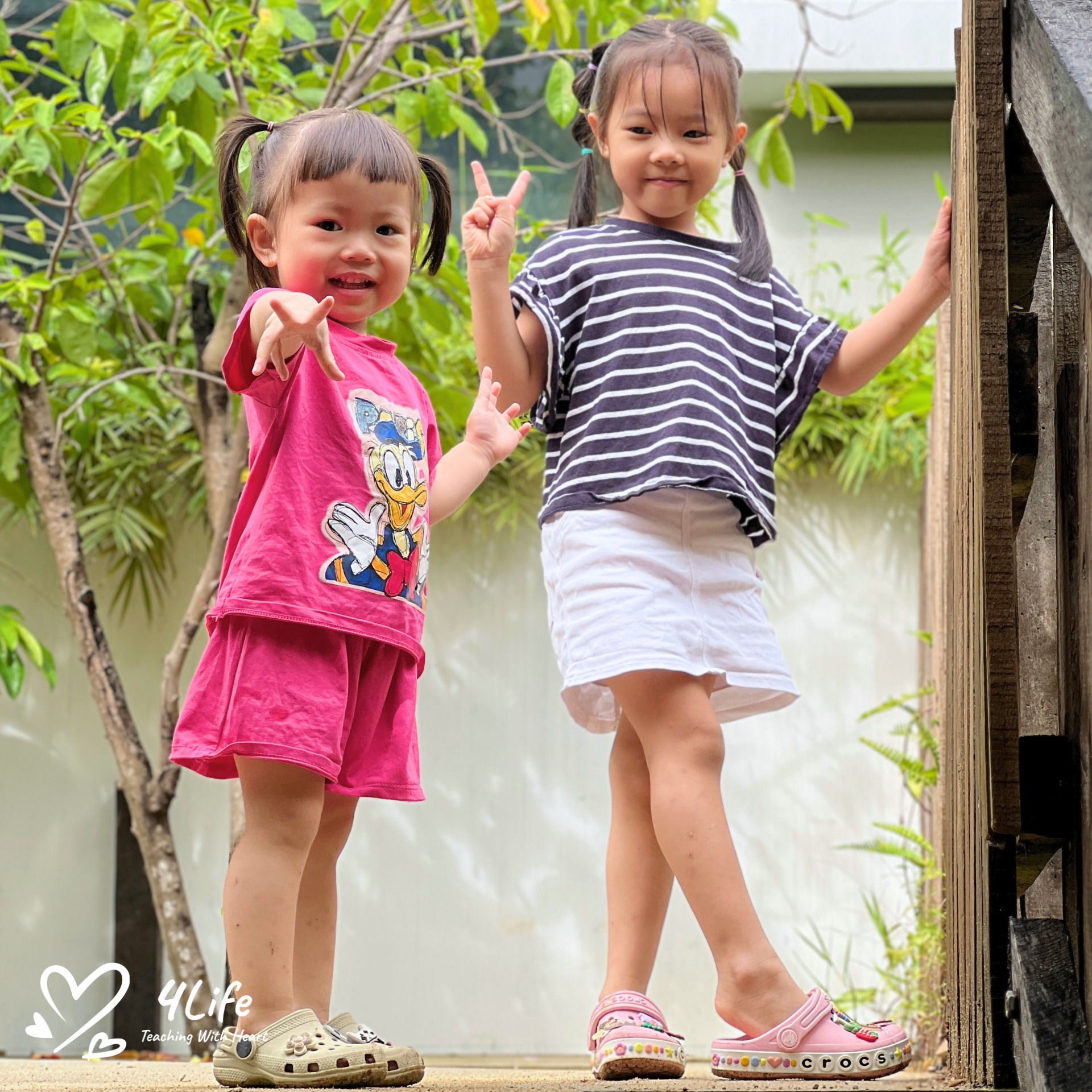
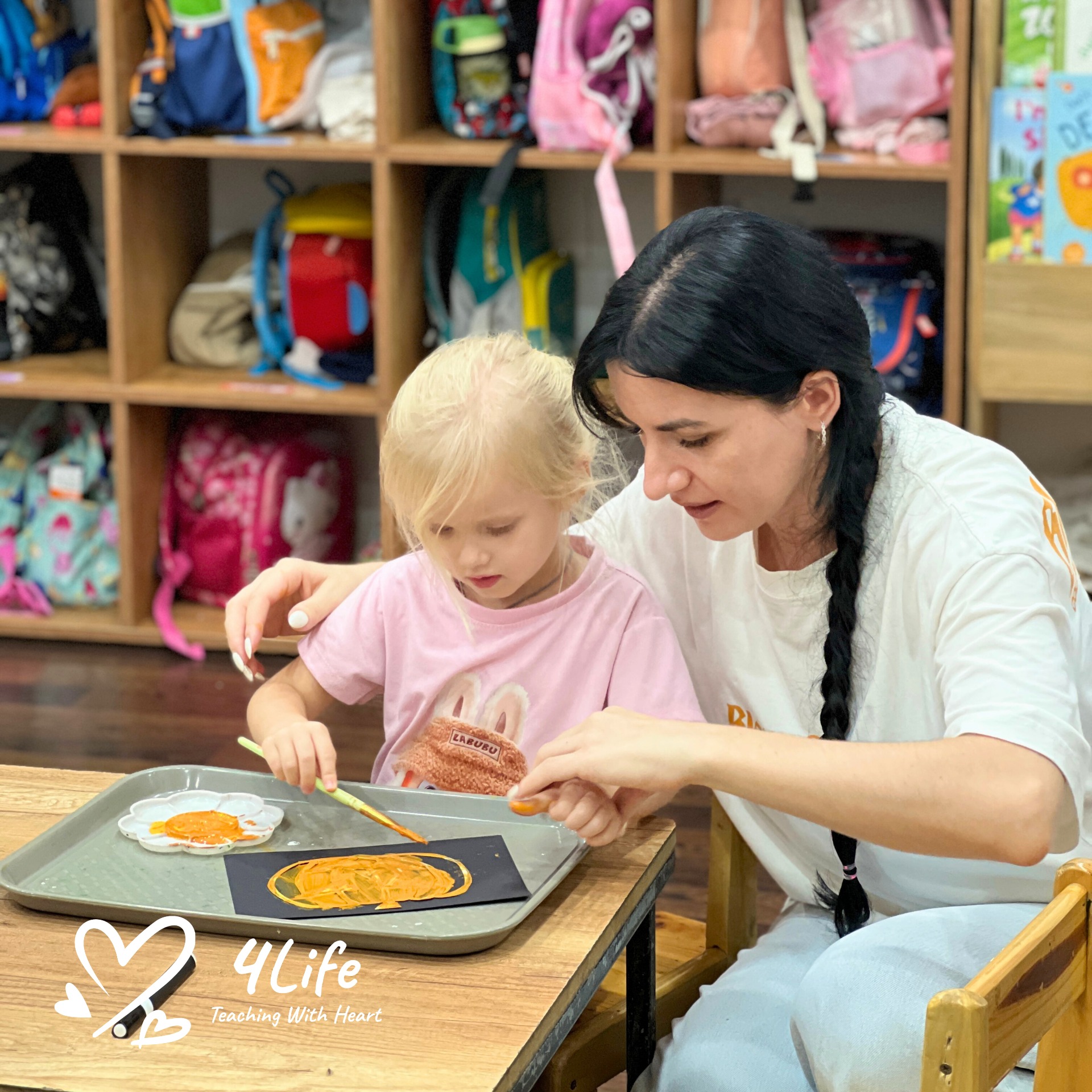
0 Comments